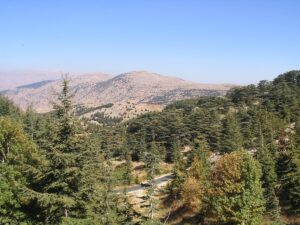Lebanon
Bounded on one side by the Mediterranean Sea and on the other by two parallel mountain ranges, Lebanon is a country that seems suspended between the sky and the sea.
Despite its small area (10,452 square km), it is a resplendent land in its diverse geography, landscape, culture, and history.
From the White Mountains and the blue sea, to the countryside. From arid hills to lush forests, the visitor discovers a series of contrasts. The bare Rocky Mountains are followed by lush valleys watered by rivers and waterfalls. The view quickly changes from pine-covered hills to dramatic rocky landscapes, to fertile plains with farms and vineyards.
A small country with a huge heart, its location at the crossroads of the Mediterranean basin and the Arab hinterland facilitated the development of a rich history and formed a cultural identity of religious and ethnic diversity.


Its capital, Beirut, Is named after the Phoenician daughter of Adonis and Aphrodite, Beroe. Located on a peninsula at the midpoint of the Mediterranean coast of Lebanon, and one of the oldest cities in the world, inhabited more than 5,000 years ago. Despite its old age and location in the Middle East, it is a young, fascinating and international city. There you can experience an enchanting view of history, as several prehistoric archaeological sites were discovered within the urban area of Beirut, such as layers of Phoenician, Hellenistic, Roman, Byzantine, Arab, Crusader and Ottoman remains. Intriguing culture, with the National Museum of Beirut, where you can see about 1,300 exhibits ranging from prehistory to the medieval Mamluk period, and the Archaeological Museum of the American University of Beirut, the third oldest museum in the Middle East.
Must Seen
The Emir’s Palace, hosts the annual Beiteddine Festival and the Beiteddine Palace Museum. Emir Bashir II of the Shihab dynasty, who later became the ruler of the Mount Lebanon Emirate, built the palace between 1788 and 1818 on a former site of the Druze hermitage.
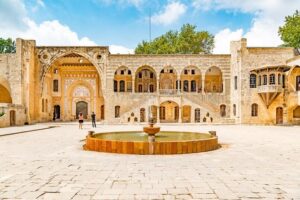
Built by the god Cronus as the first city of Phenicia. One of the oldest inhabited cities in the world, inhabited since 5000 BC.

City of the Gods, or “City of the Sun,” referring to the solar cult there, holds some of the best-preserved Roman ruins in Lebanon, including one of the largest temples in the empire. The gods that were worshiped there (Jupiter, Venus, and Bacchus) were equivalent to the Canaanite deities Hadad, Atargatis. There you can see remains of prehistoric times, antiquity, the Middle Ages and primitive modernity.

The Queen of the Seas, where you can experience stories from the Bronze and Iron Age, to the Ottoman period. With magnificent cultural heritage, and great spiritual value.
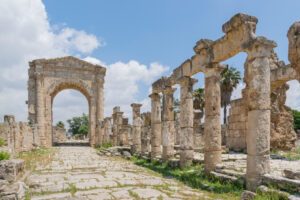
Possessing a long, deep and glorious history, the archaeological site at Sidon II shows a lithic assemblage dating from the Acheulean, while at Sidon III it includes a Heavy Neolithic assemblage suggested to date just before the invention of pottery. It was one of the most important Phoenician cities, and may have been the oldest.
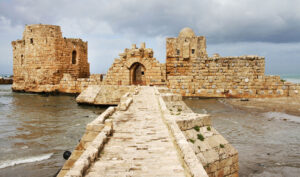
Place of pilgrimage, of the Lady of Lebanon, Mother of Jesus. One of the most important shrines in the world in honor of Mary, and a spiritual destination for millions of people around the world.
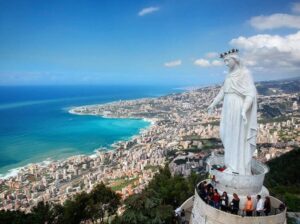
Situated in the historic heart of Mount Lebanon, the Chouf is often referred to as the cradle of modern Lebanon.
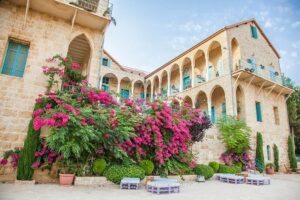
It is a city where modernity and medieval times are easily combined in a lively and hospitable metropolis.
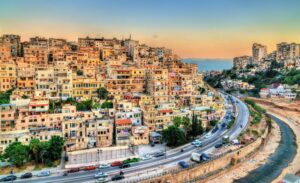
It is located 945 meters above sea level in the eastern foothills of Mount Sannin, on the edge of the Beqaa Valley.
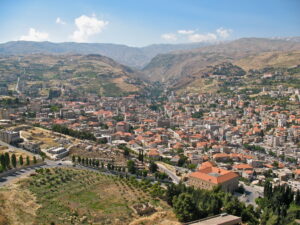
It is the capital of Lebanon and is one of the oldest cities in the world, inhabited more than 5,000 years ago.
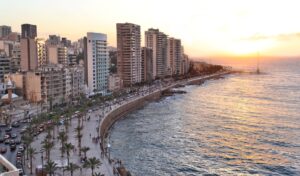
Jeita Grotto is a system of two separate interconnected karst limestone caves.

Barouk Village is a village in the Chouf district of the Mount Lebanon Governorate. Historically, Barouk is known to be the “land of good”.
